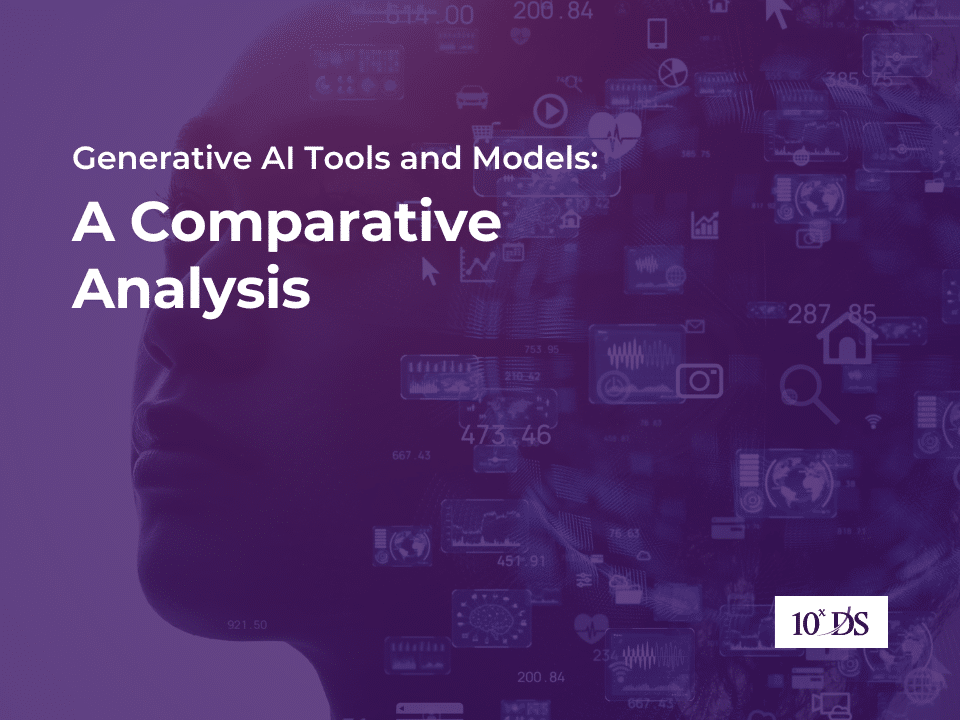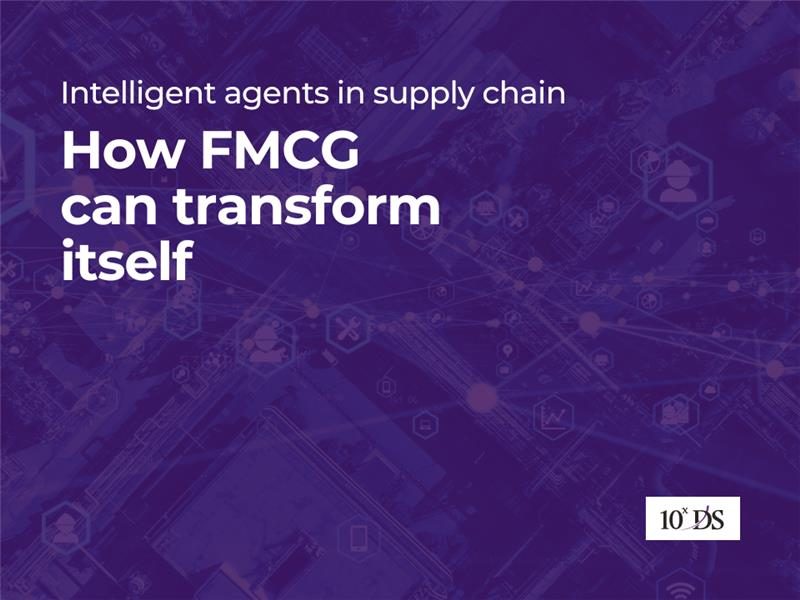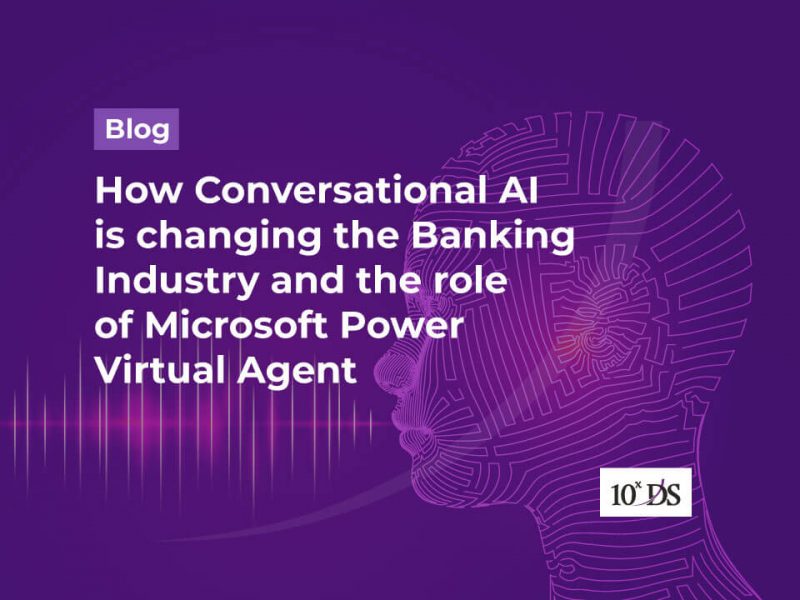
Generative AI Tools and Models: A Comparative Analysis
The evolution of generative AI (GEN AI) tools has progressed significantly through advancements in machine learning and neural network architectures. Starting with early probabilistic models like Markov chains and Hidden Markov Models (HMMs), the introduction of neural networks such as Recurrent Neural Networks (RNNs) and Long Short-Term Memory (LSTM) networks enabled more sophisticated sequence modeling for text generation. Variational Autoencoders (VAEs) and Generative Adversarial Networks (GANs) further enhanced generative capabilities, allowing for diverse and realistic outputs in creative domains like image synthesis and music composition. The development of Transformer architectures with Attention mechanisms, exemplified by OpenAI’s GPT series, revolutionized natural language processing and text generation tasks. The evolution of GEN AI also includes ethical considerations and efforts to mitigate biases in AI systems, alongside trends towards collaborative and hybrid approaches that combine human creativity with AI assistance, showcasing the potential for transformative applications across industries while emphasizing responsible development and deployment.
Generative AI allows users to input various prompts to generate fresh content across different domains. This content can include:
- Text: Such as stories, poems, or code.
- Images: Generated from textual descriptions.
- Videos: Created based on input prompts.
- Sounds: Music or other audio content.
- 3D Designs: Artistic or architectural models.
- And other forms of media.
Generative AI “learns” from existing documents and artifacts available online. It evolves as it continues to train on more data. The underlying AI models and algorithms are trained on large, unlabelled datasets, requiring complex mathematics and significant computing power.
Generative AI’s ability to create novel content based on prompts, coupled with advancements in language models, has propelled it into the spotlight, making it an indispensable tool for content generation and innovation. Let’s analyse some of the popular Gen AI tools, focusing on their underlying models, use cases, strengths, and limitations:
ChatGPT:
ChatGPT is powered by OpenAI’s language model, based on the Generative Pre-trained Transformer (GPT) architecture. This AI tool specializes in conversational AI and text-based interactions, offering versatile capabilities in natural language understanding and context-aware responses. While ChatGPT excels in generating human-like text, it may occasionally produce verbose or repetitive answers, particularly in extended conversations or ambiguous contexts.
Scribe:
Scribe utilizes a custom-trained language model tailored for documentation and content creation tasks. It is designed to prioritize clear and concise writing, making it ideal for generating technical documents, reports, or instructional content. However, Scribe’s strength lies in its ability to convey information effectively rather than in creating artistic or creative content, which may require more nuanced expression and imagination.
AlphaCode:
AlphaCode developed by DeepMind, a subsidiary of Google employs a specialized code generation model focused on efficiency and context-aware suggestions. It excels in generating code snippets and aiding developers in understanding and writing code more effectively. Nonetheless, AlphaCode may face challenges when dealing with complex logic or scenarios that require intricate programming solutions beyond standard patterns.
GitHub Copilot:
GitHub Copilot owned by Microsoft integrates with the GPT-3 language model to provide code completion and collaboration features. This tool assists developers by seamlessly integrating with IDEs (Integrated Development Environments) and offering real-time suggestions during coding sessions. However, GitHub Copilot’s reliance on an internet connection and its occasional limitations in delivering optimal solutions for specific coding tasks are important considerations.
GPT-4:
GPT-4 represents the next iteration of OpenAI’s language model, boasting improved accuracy and a broader understanding of contextual information compared to previous versions. It is designed for general language modeling and content generation tasks. Despite its advancements, GPT-4 is still susceptible to biases and occasional inaccuracies inherent in large-scale language models.
Bard:
Google’s Bard’s creative writing model is based on the GPT architecture, specializing in generating imaginative and expressive text for creative writing and poetry. While Bard excels in producing artistic content, it may struggle to consistently generate coherent or structured poems, especially when faced with complex poetic forms or nuanced literary styles.
Cohere Generate:
Cohere Generate utilizes a custom-trained model capable of handling various content generation tasks across different domains. It offers adaptability, customization, and support for multiple use cases. However, optimal performance often requires fine-tuning the model to specific tasks or industries to achieve desired results effectively.
Dall-E2:
Dall-E2 is based on a custom architecture designed for image synthesis from textual descriptions. This AI tool excels in creating unique and novel visual content based on text inputs. However, it is limited to generating 2D images and may not always perfectly match exact textual descriptions due to inherent constraints in image synthesis technology.
Claude:
Claude’s music composition model is custom-built for generating melodies, harmonies, and rhythms autonomously. While Claude can aid musicians in the creative process, its compositions may lack the nuanced creativity and emotional depth typically associated with human composers, posing a challenge for achieving truly human-like musical expression.
Synthesia:
Synthesia employs a proprietary video synthesis model aimed at automating video production from text inputs. It offers customizable features for creating videos based on textual descriptions. However, the quality of Synthesia’s output heavily depends on the input text and the availability of relevant visual assets, which can impact the overall effectiveness of the video creation process.
Duet AI:
Duet AI combines human input with AI assistance to facilitate collaborative content creation. This tool enhances productivity and creativity by leveraging the strengths of both human and machine contributors. Effective teamwork and coordination are essential for maximizing the benefits of Duet AI in collaborative content projects.
Each of these AI tools serves specific purposes and possesses unique strengths and limitations. Understanding their underlying models and capabilities is crucial for selecting the right tool for various tasks and applications across different industries and domains.
Generative AI is poised to revolutionize industries and economies, with projections suggesting significant economic impact and advancements in performance. McKinsey estimates that generative AI features could contribute up to $4.4 trillion annually to the global economy, driven by productivity gains and automation of knowledge work across sectors like education, law, and the arts. As AI models mature, they are expected to match or surpass human-level performance by the end of the decade, particularly in dynamic natural language processing tasks. Industry-specific applications are already emerging in content creation, drug design, and material science, with future innovations targeting specialized functions to deliver tailored value. However, ethical considerations remain paramount to ensure accuracy, mitigate biases, and validate outputs, underscoring the need for responsible adoption and ongoing human oversight. Gartner predicts a rapid shift towards domain-specific AI models by 2027, with over 50% of enterprise GenAI models tailored to specific industries or business functions, highlighting the evolving landscape of generative AI adoption and innovation.
Talk to our Experts to learn more.


